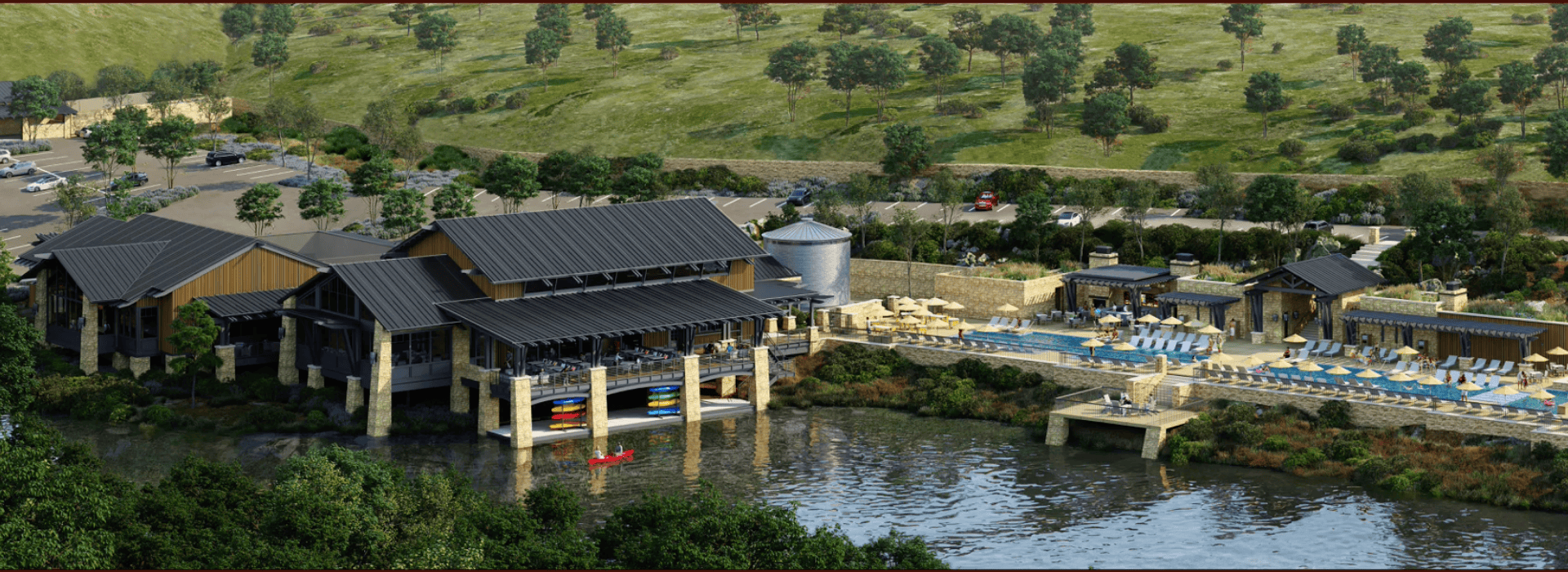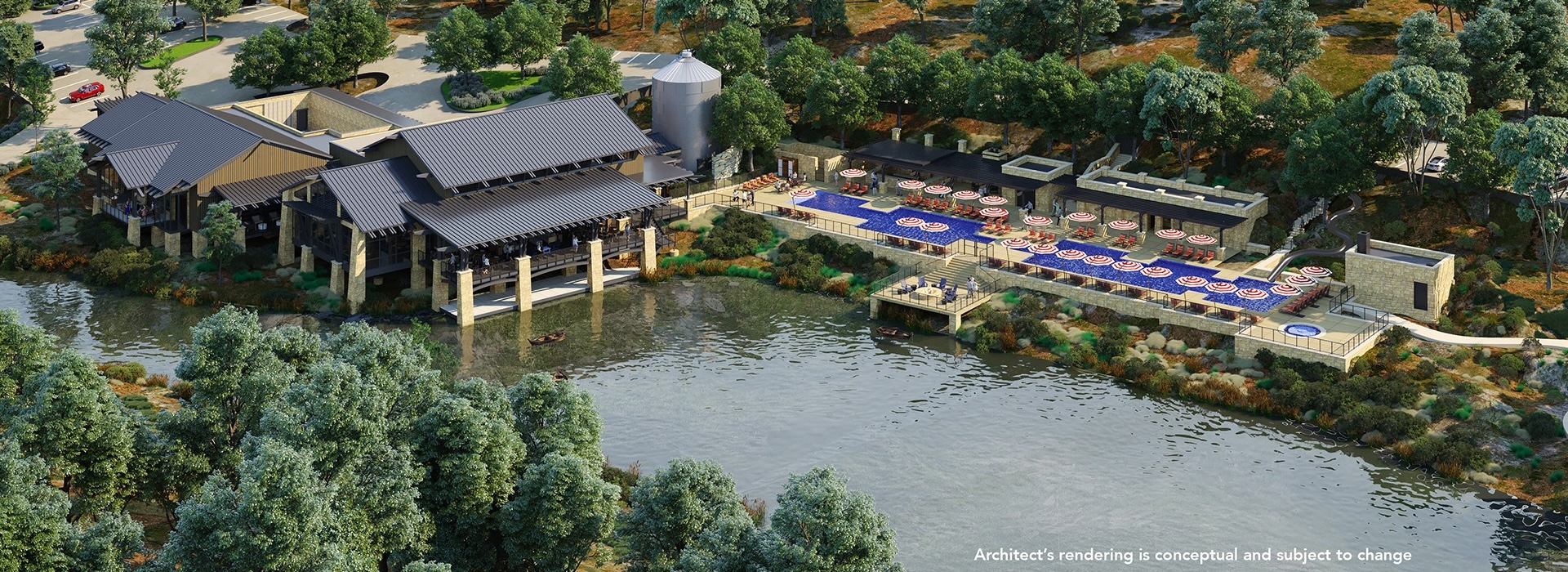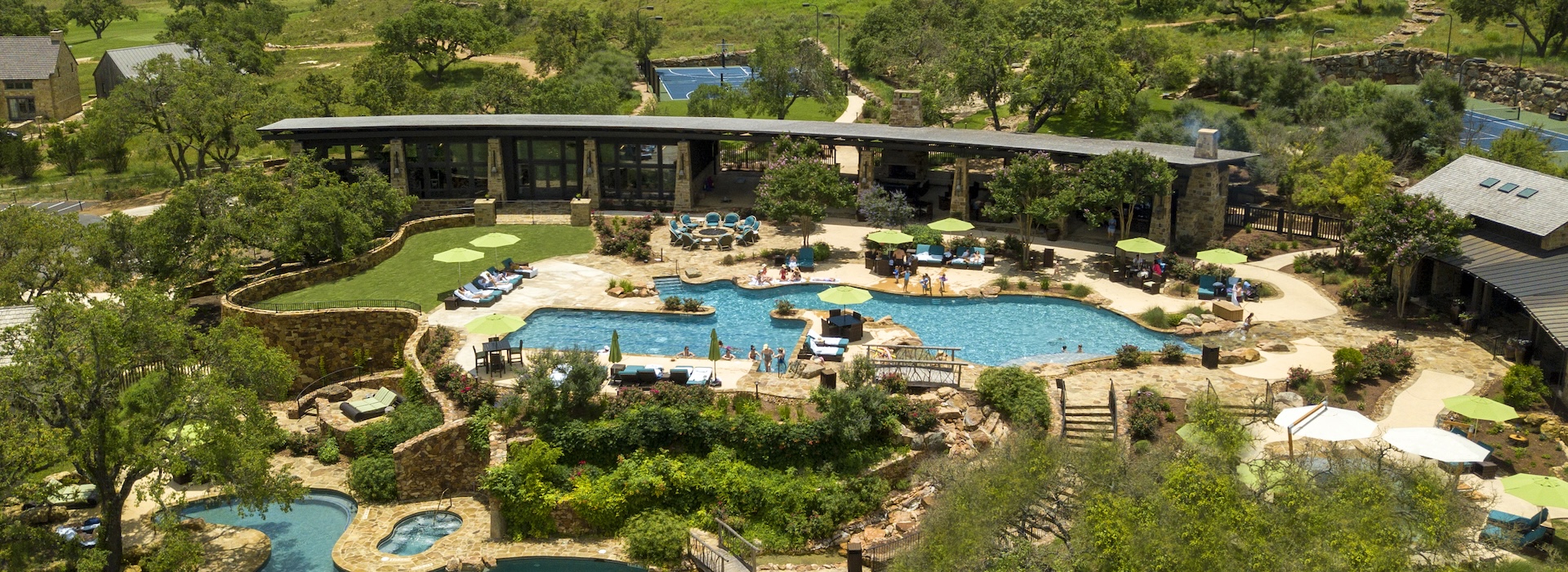This Once-Quiet Texas Town Is Now a Booming Wine Destination
Texas Hill Country town of Fredericksburg, now a legitimate wine destination, is primed for its moment in the sun.
BY SALLIE LEWIS
CONDE-NAST TRAVELER
February 10, 2023
On a balmy spring Saturday in downtown Fredericksburg, sunlight sparkles on the windows of Main Street’s historic limestone buildings. The thoroughfare is bustling, kids eat ice cream cones as their parents wander in and out of stylish shops and art galleries, and friends catch up over huge steins of Hefeweizen at a shady biergarten. There’s a small-town charm to the place, almost Mayberry-esque but hipper. It’s hard to believe that not long ago Fredericksburg was a snoozy place visited mostly by San Antonians who would make the 70-mile drive to spend an afternoon poking around the antiques stores, admiring the fields of wildflowers that erupt in kaleidoscopic glory every April, and picking up a flat of sweet Hill Country peaches from a fruit stand.
Then, a little over a decade ago, winemakers discovered that the mineral-rich soil and dry weather of Fredericksburg were ideal for growing grapes. Today, although Texas Wine Country lacks the national profile of its brethren in the west, it’s a major tourist attraction for the state and one of the fastest-growing domestic wine regions; the Texas Hill Country AVA is the third-largest in America. Most weekends, the wineries along the Wine Road 290, a 45-mile-long stretch of highway between Johnson City and Fredericksburg, are filled with locals, weekenders, and road-trippers on their way to Marfa or Big Bend National Park who have stopped by the striking new tasting areas of venues like Alexander Vineyards and Heath Sparkling Wines for a glass or two.
Not surprisingly, the fast-growing wine scene ushered a broader entrepreneurial energy into Fredericksburg, which led to a deft reimagining of the town’s historic edifices. Chef Jordan Muraglia and artist Richard Boprae, who turned a three-story landmark building into an art gallery and the upscale restaurant Vaudeville, were pioneers. So were John and Evelyn Washburn, whose Otto’s German Bistro serves up dishes that tap into the town’s history. (It was settled by German immigrants in 1846 and named after Prince Frederick of Prussia.) The couple has since opened several more popular Fredericksburg restaurants, including the new farm-to-table Italian spot Alla Campagna.
In the early months of the pandemic, an influx of adventurous transplants looking for more space and a slower way of life accelerated the Fredericksburg boomlet. In late 2020, Houstonites Nick and Alice Adair arrived in town to open The Trueheart Hotel, where breakfast baskets filled with hot buttermilk biscuits are delivered to guests in each of the property’s 13 cottages, which are outfitted with Pierre Frey fabrics and locally sourced antiques. More recently, Fredericksburg newbies Hannah Copes and Kelsey Morgan began selling custom hats at their Felt Boutique. In an ornate gingerbread-style home just off the main square, Marcus and Leanne Holley operate San Saba Alchemic, a luxe line made with cold-pressed oil from Texas pecans, and San Saba Soap Company, which develops custom fragrances for upscale hotels like Auberge’s Commodore Perry Estate in Austin.
Opening soon is the Albert Hotel, which will provide a welcome option to all the new visitors flocking into town. Texas-based architect Clayton Korte transformed four historic buildings (including the 1860s-era home of hotel namesake Albert Keidel, a local preservationist) into mixed-use spaces with 110 smart guest rooms, a full-service spa, a sunken limestone swimming pool, and several restaurants. When it opens on central Main Street later this spring, it will give visitors even more of a reason to stay awhile in Fredericksburg.
This article appeared in the March 2023 issue of Condé Nast Traveler.
Read on the Conde-Nast Traveler website:
https://www.cntraveler.com/story/fredericksburg-texas-booming-wine-destination





